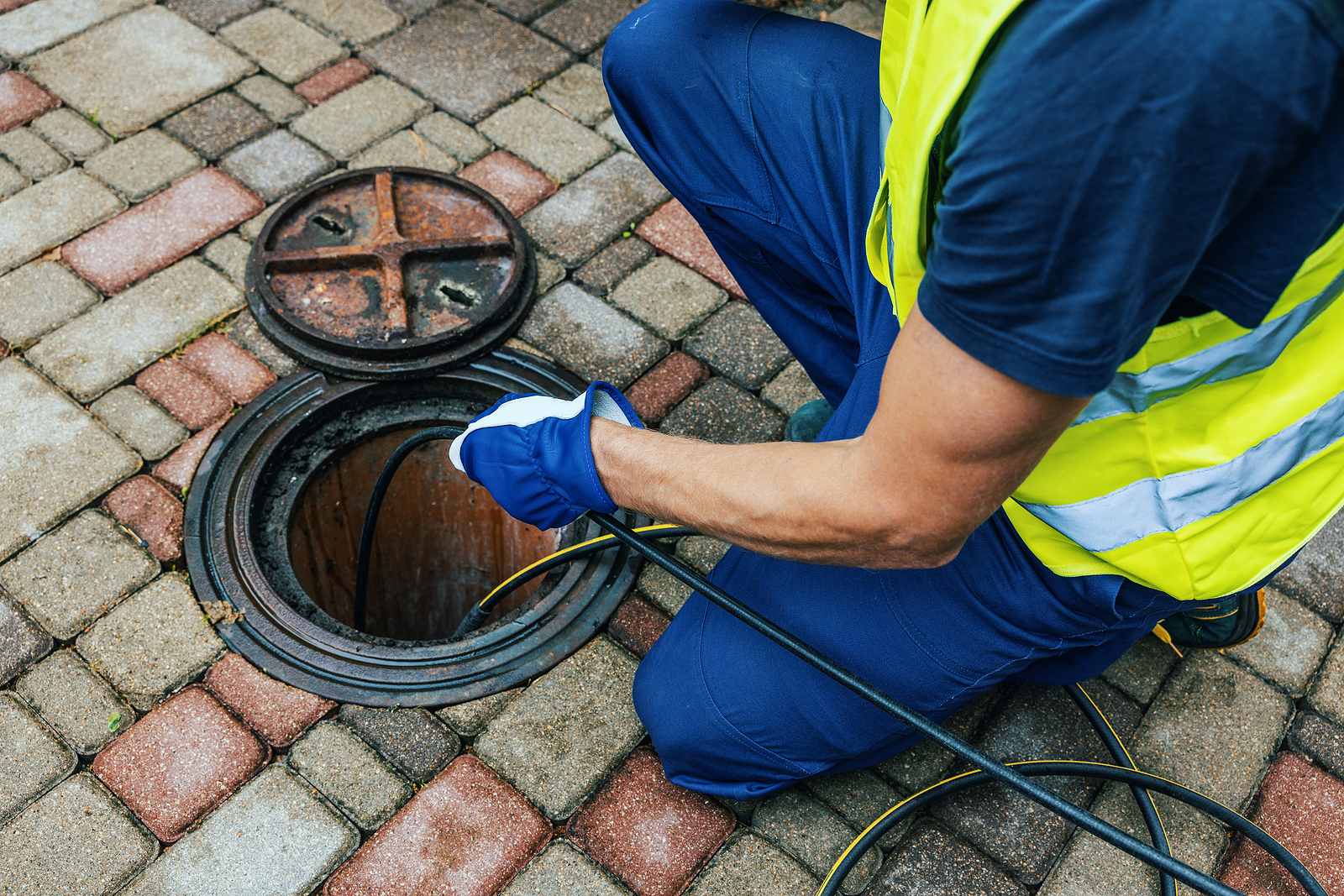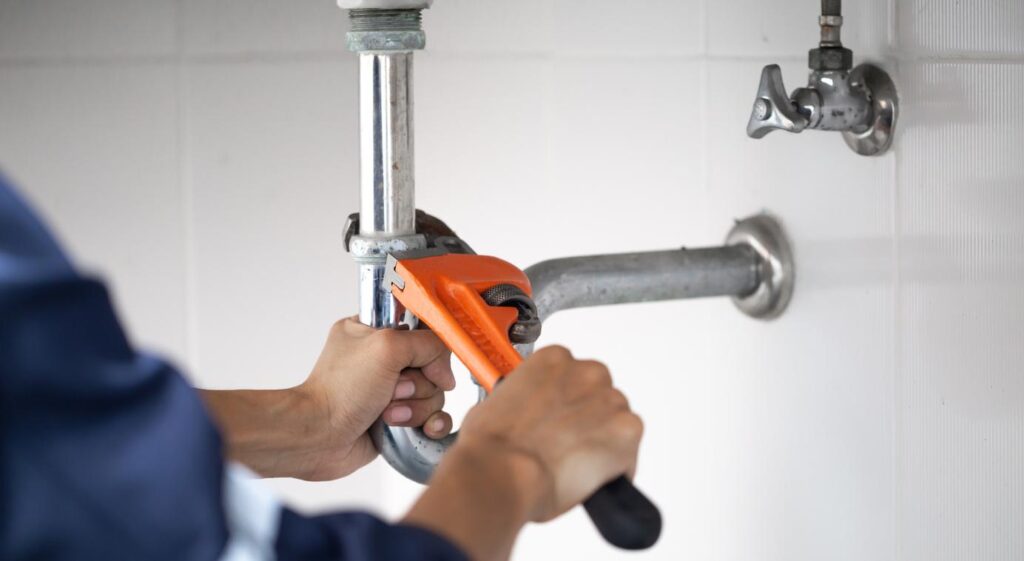Some mortgage refi rates are below 3%. If you’re considering a cash-out refinance, here’s how much money you could get out
MarketWatch has highlighted these products and services because we think readers will find them useful. We may earn a commission if you buy products through our links, but our recommendations are independent of any compensation that we may receive.
Cash-out refinancing can be an attractive way to tap into home equity if you’re already in the market to refinance. According to data from Freddie Mac, about one-third of refinancers chose to take cash out when they refinanced in 2020, with homeowners cashing out $152.7 billion dollars in home equity last year. And over the past week, the average 30-year fixed-refi rate fell to 2.94%, down 6 basis points over the past week, according to Bankrate data released Thursday. (Find the best rates on a cash-out refi here.)
If you’re considering a cash-out refi, you will need to have built up significant equity in your home, says Greg McBride, chief financial analyst at Bankrate: “You’ll need to retain a 20% to 25% equity cushion to get the best terms and avoid private mortgage insurance so this works best for homeowners that are sitting on substantial equity.”
Pros and cons of a cash-out refi
If you need cash, one of the big advantages of a cash-out refi, over other types of loans, is the lower interest rate (you can find some refi rates under 3% now, compared to an average of say 10.38%). With these low rates, it can make sense to do everything from making value-added home improvements, to consolidating and paying off high-interest debt.
That said, if you’ve already refinanced near current rates, doing so again to cash out some equity will result in paying another round of closing costs. “If your current mortgage is close to 80% of your home’s value, you won’t be able to pull much, or any equity without pushing yourself into a higher rate and private mortgage insurance,” says McBride. And if you’re unable to repay your loan on a cash-out refinance, you run the risk of losing your home in foreclosure. A cash-out refinance can also make it seem easy and accessible to receive an influx of cash, so proceed with caution if you’re using the money to pay off credit card debt — it’s not an invitation to repeatedly spend more than you can cover.
How much cash you may be able to get out from a cash-out refi
Lenders often want to keep what’s called your loan-to-value ratio, which is a measure of how much you owe on your mortgage versus how much your home is worth, to a maximum of 80%. So to understand the maximum amount of money you might be able to extract from a cash-out refinance, use this math equation: Multiply your home’s value (HV) by 80%, and then subtract your outstanding loan balance (OLB) from that amount. For example, if you owe $100,000 on your home and it’s worth $300,000, you’d likely be able to take out a max of $140,000 in cash if you refinance . Of course, different lenders may have different standards, but you can use a refi calculator like this one to determine how much you personally might be able to cash out.
What should, and shouldn’t, you spend the cash-out refi money on
If you do cash out, it can be helpful to know what kinds of things you should and shouldn’t spend the money on. McBride says, “Home improvements are a sound use of home equity as would be making long-term, possibly higher return investments. But consolidating debt is not without risk because you’re putting your home at risk.” And he also recommends against using home equity to buy depreciating items like cars, electronics or to go on vacation.
And experts advise against cashing out if it increases the rate of your existing mortgage, if it drags out the repayment of an existing debt for decades or if you take out more money than you actually need — because if you fail to repay the loan, you could lose your home to foreclosure.








